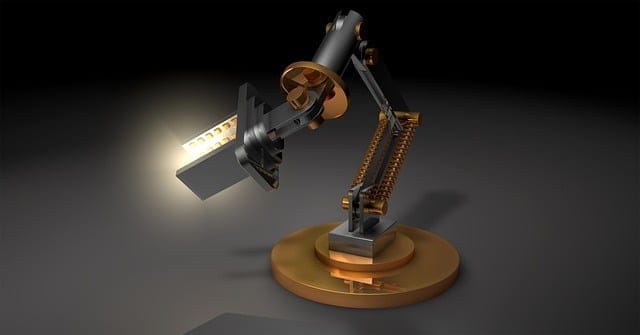Apple has introduced a novel research robot model inspired by Pixar’s iconic Luxo Jr. lamp. This robot explores how expressive movements can enhance human-robot interaction, using non-anthropomorphic design to communicate through motion. This advancement reflects Apple’s focus on making robotics more relatable and approachable for potential integration into everyday life.
Tag: robotics
Apple’s Pixar-Inspired Robotic Lamp: A Fusion of Emotion and Functionality
Apple has introduced a Pixar-inspired robotic lamp prototype that seamlessly combines artificial intelligence with expressive movements. This innovative device reflects Apple’s growing focus on companionable technology and hints at the future of smart home robotics.
Tesla’s Mixed Quarter: Disappointing Results Amidst Promising Future Projects
Tesla’s recent quarterly results fell short of expectations, but CEO Elon Musk remains optimistic about the company’s future, highlighting upcoming projects such as robots and cybercabs. Despite the disappointing financials, Musk’s vision for the company’s expansion into new markets and technologies has sparked interest among investors and industry observers.
Samsung Announces Launch of Home Robot Ballie in Early 2025
Samsung has revealed plans to launch its innovative home robot, Ballie, in the first half of 2025. This announcement marks a significant step in the company’s commitment to integrating robotics into everyday life, aiming to enhance home automation and personal assistance.
Innovations and Discoveries in Technology: Hackaday Links January 5, 2025
The latest edition of Hackaday Links highlights groundbreaking projects and developments in the tech community as of January 5, 2025. This article explores notable innovations, including advancements in robotics, sustainable energy solutions, and the integration of artificial intelligence in everyday devices, showcasing the ingenuity and creativity of makers and engineers worldwide.
Canine-Inspired Robots Train in Northwest Caves to Detect Life on Mars
A team of researchers is training advanced doglike robots in the caves of the Northwest to enhance their capabilities in detecting signs of life on Mars. These robots, designed to mimic canine behaviors, are equipped with sophisticated sensors that can analyze environmental samples and identify potential biosignatures. This innovative approach aims to improve future Mars missions by utilizing robotic technology to explore the planet’s surface and subsurface for evidence of past or present life.
Canine-Inspired Robots Conduct Training in Northwest Caves for Martian Exploration
Researchers are developing doglike robots capable of detecting signs of life on Mars by training them in the caves of the Northwest. These robots are designed to mimic canine behaviors, utilizing advanced sensory technology to enhance their ability to navigate and identify biological materials. This initiative aims to prepare for future missions to the Red Planet, where understanding potential life forms is crucial for scientific exploration.
Canine-Inspired Robots Prepare for Martian Exploration in Pacific Northwest Caves
In an innovative approach to space exploration, researchers are training doglike robots in the caves of the Pacific Northwest to enhance their capabilities in detecting signs of life on Mars. These robots are designed to navigate challenging terrains and utilize advanced sensory technologies, mimicking the skills of trained search and rescue dogs. The training exercises aim to prepare these machines for potential missions to the Red Planet, where they may play a crucial role in future exploration efforts.
Robotic Canines Undergo Training in Pacific Northwest Caves for Mars Exploration
Engineers and scientists are training doglike robots in the caves of the Pacific Northwest to develop their capabilities for detecting signs of life on Mars. These advanced robotic systems are designed to navigate challenging terrains and utilize sophisticated sensors to analyze environmental samples. The training aims to enhance their effectiveness in future Martian missions, contributing to the search for extraterrestrial life.
Canine-Inspired Robots Prepare for Martian Exploration in Northwest Caves
A new initiative has emerged in the quest for extraterrestrial life, involving the training of doglike robots in the caves of the Northwest. These robots are designed to enhance the capabilities of future Mars missions by utilizing advanced sensory technology to detect signs of life. Researchers believe that the unique environments of these caves provide an ideal training ground for the robots, simulating the conditions they may encounter on the Red Planet.






